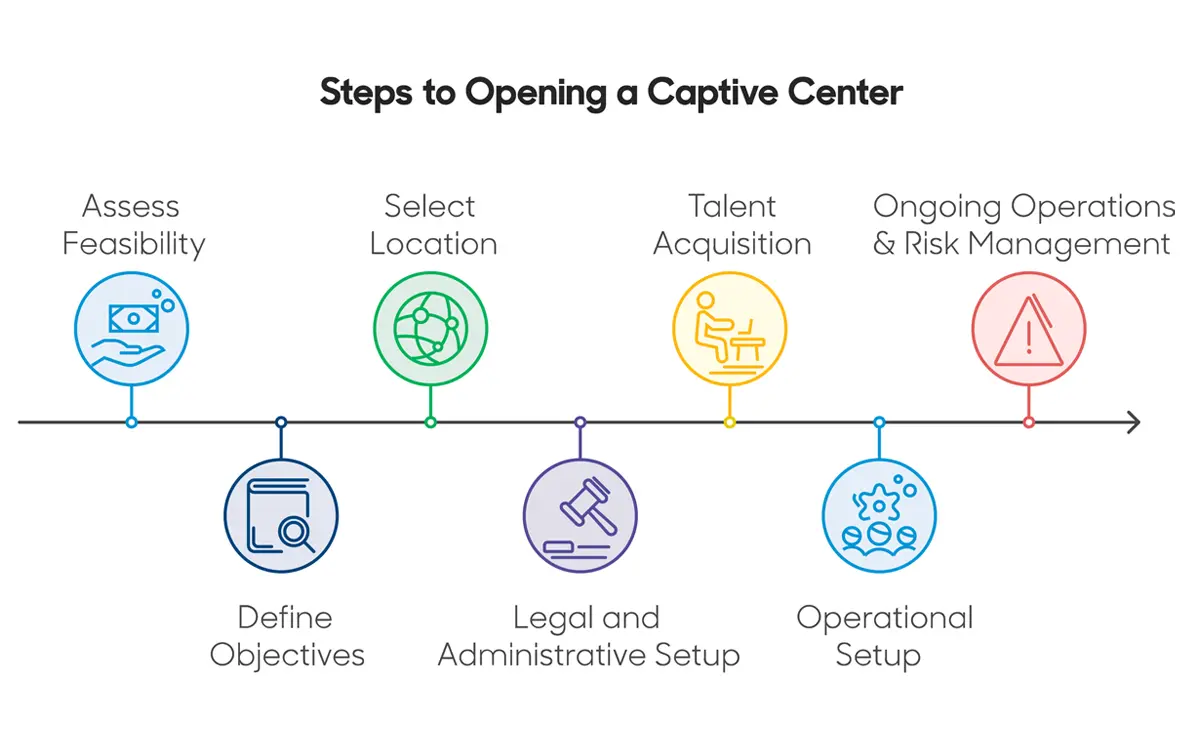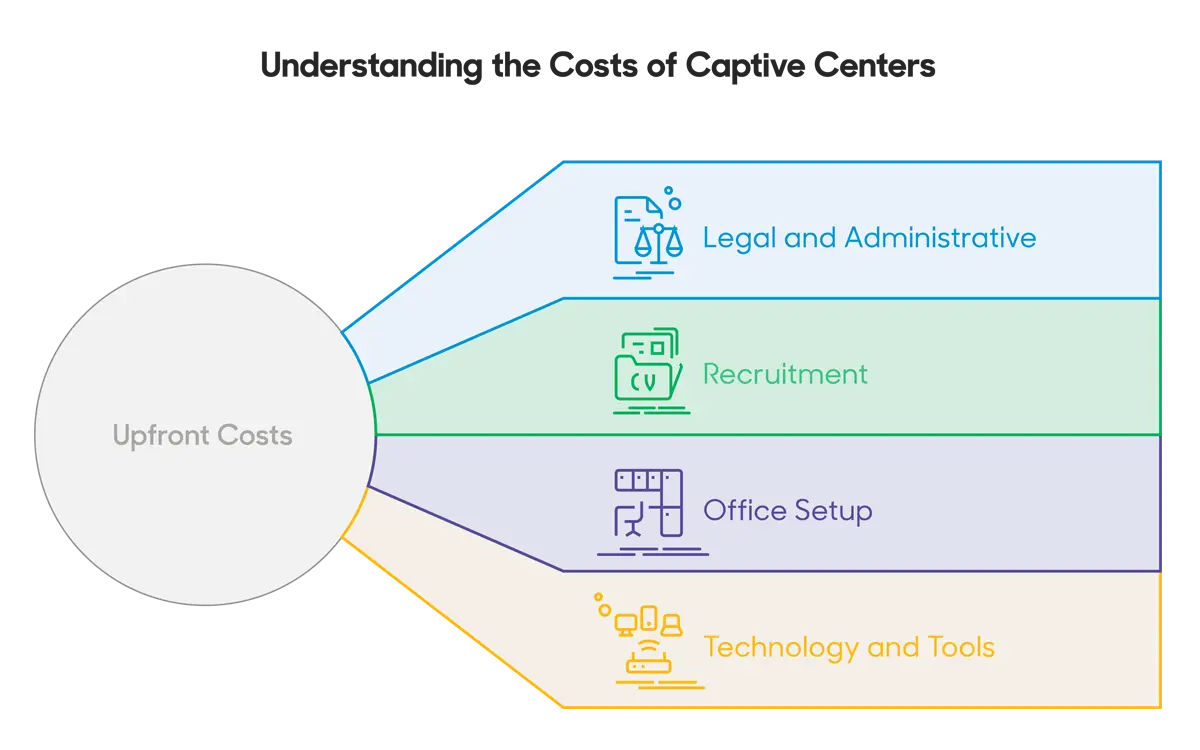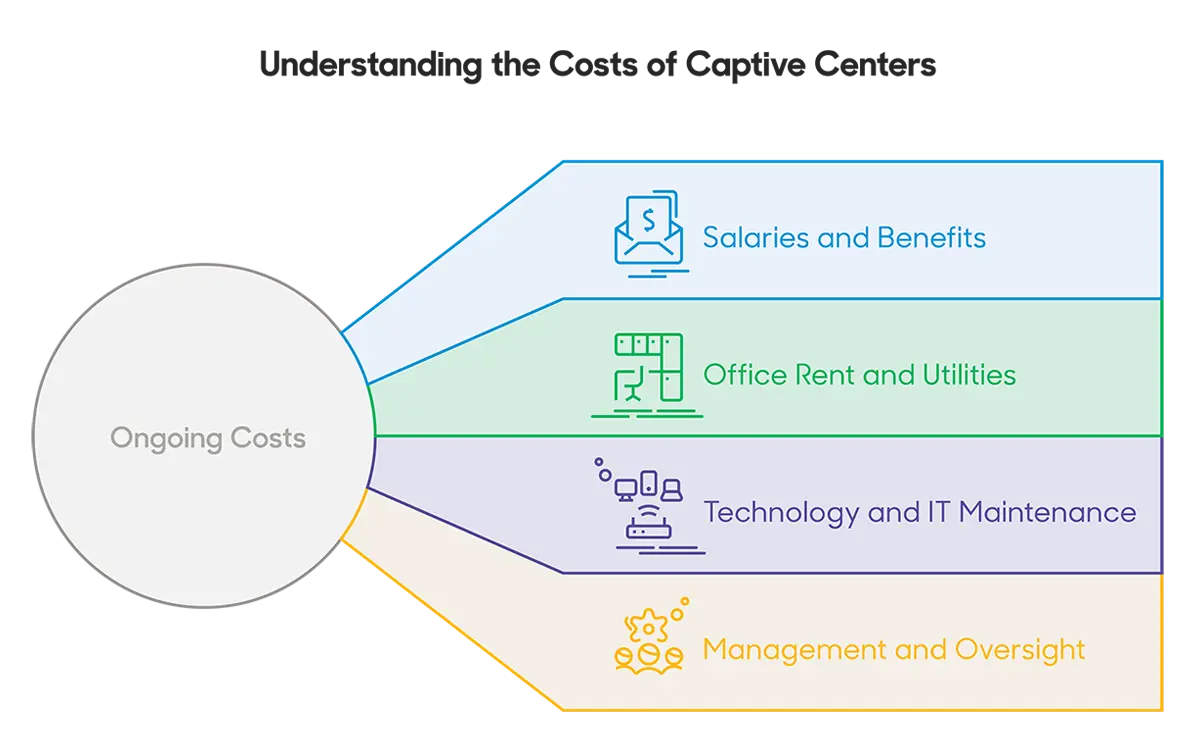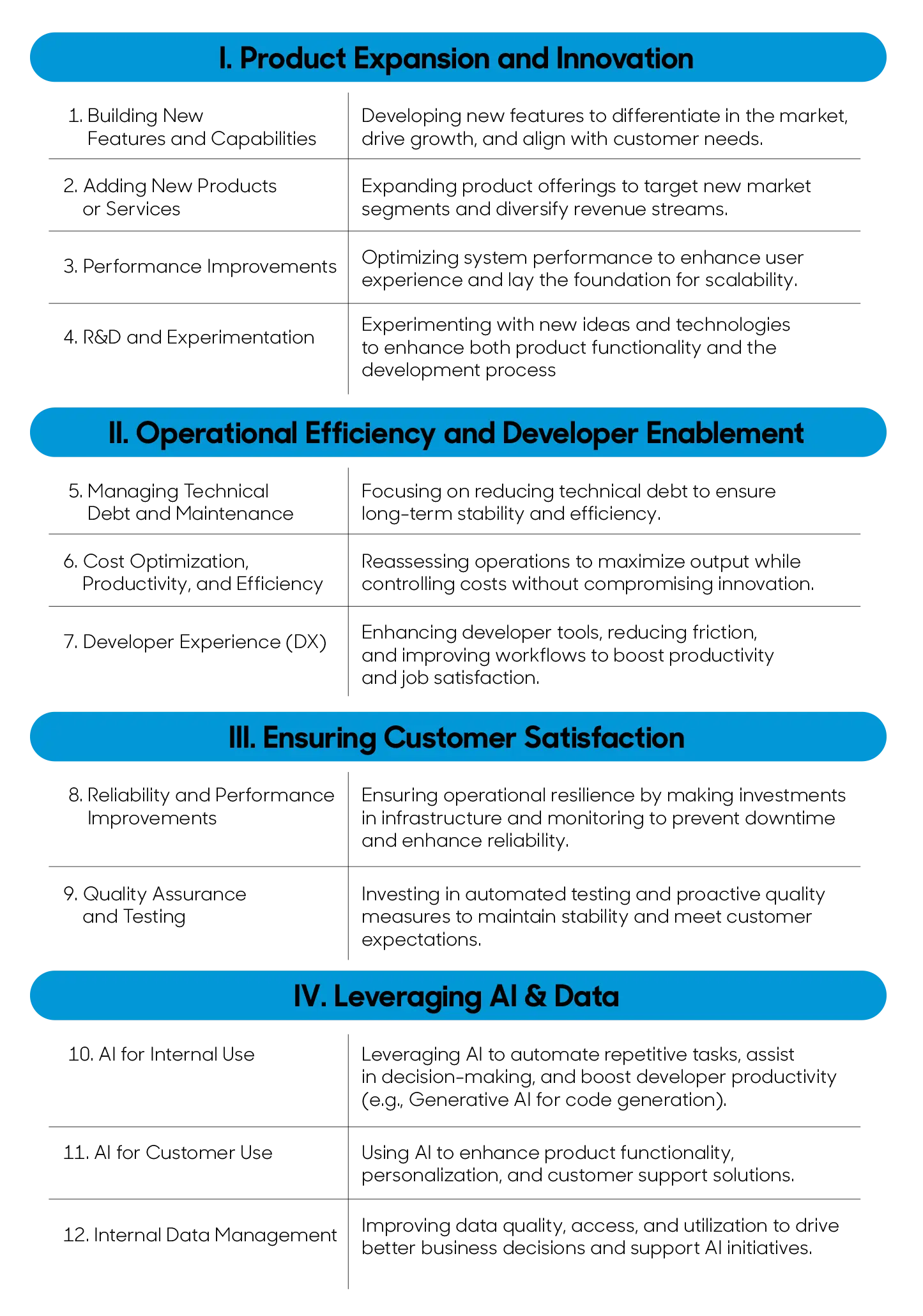
Top 10 Tools to Enhance Developer Experience of mixed US and Nearshore Software Development Teams
Written by: Rod Aburto –

Creating an exceptional Developer Experience (DX) is crucial for any successful project, especially when managing a cross-border development team that combines US-based developers with nearshore talent from Mexico and Latin America. Seamless communication, collaboration, and productivity are essential to keep both teams aligned and engaged. The right tools can bridge gaps, eliminate inefficiencies, and foster a collaborative work culture.
Here’s a list of the top 10 tools that can significantly enhance DX for US and nearshore development teams, along with why they make a difference. I know the list mentions pretty well known tools, but depending on your team’s maturity, you’ll find one or two that you are still not using and that I hope you’ll find useful.
1. Slack: For Real-Time Communication
Slack is a widely-used team communication tool that supports real-time messaging, video calls, and integrations with other software.
- Why it helps: Enables developers to discuss issues, share updates, and collaborate without the delay of email. Its customizable notifications and channels also keep discussions organized and accessible.
No se puede cargar la forma
2. Zoom: For Video Conferencing
Zoom provides high-quality video calls and screen sharing for virtual meetings.
- Why it helps: Allows seamless communication between US and nearshore teams, ensuring clarity during sprint planning, retrospectives, or ad hoc problem-solving sessions.
No se puede cargar la forma
3. Jira: For Agile Project Management
Jira is a go-to tool for tracking issues, managing sprints, and visualizing workflows in agile teams.
- Why it helps: Centralizes project management, helping US and nearshore developers stay aligned on task priorities, deadlines, and progress.
No se puede cargar la forma
4. GitHub: For Version Control and Collaboration
GitHub is a platform for managing code repositories and fostering collaborative development.
- Why it helps: Facilitates code reviews, pull requests, and version tracking, making it easier for geographically distributed teams to collaborate on the same codebase.
No se puede cargar la forma
5. Notion: For Documentation and Collaboration
Notion serves as an all-in-one workspace for notes, documentation, and team wikis.
- Why it helps: Keeps everyone on the same page by centralizing documentation, enabling both US and nearshore teams to easily access guidelines, APIs, and best practices.
6. Postman: For API Development
Postman is a tool for testing and documenting APIs.
- Why it helps: Simplifies API collaboration, allowing developers to share requests and responses with team members, speeding up backend/frontend integration.
7. CircleCI: For Continuous Integration and Deployment (CI/CD)
CircleCI automates build, test, and deployment pipelines.
- Why it helps: Enhances productivity by automating repetitive tasks, enabling developers to focus on coding instead of manual deployments, and ensures quality consistency.
8. Trello: For Lightweight Task Management
Trello uses boards, lists, and cards to visually manage tasks.
- Why it helps: Provides a simple way to track smaller projects or sub-tasks, keeping teams on the same page without overwhelming them with features.
9. Figma: For Design Collaboration
Figma is a web-based design tool that allows real-time collaboration.
- Why it helps: Enables designers and developers to work together seamlessly, making UI/UX handoffs smoother and aligning frontend development with design goals.
10. Clockify: For Time Tracking
Clockify is a time-tracking tool that helps teams monitor work hours and productivity.
- Why it helps: Offers transparency across distributed teams, helping managers understand workload distribution and ensuring fair allocation of tasks between US and nearshore teams.

How These Tools Enhance DX
- Efficiency: Automating workflows with tools like CircleCI and Jira minimizes time spent on repetitive tasks.
- Collaboration: Slack, Zoom, and GitHub ensure that all team members—regardless of location—are aligned and can easily collaborate.
- Transparency: Tools like Clockify and Notion foster openness, ensuring everyone has access to the information they need to succeed.
- Consistency: With centralized project management and documentation, teams maintain high-quality output and reduce miscommunication.
No se puede cargar la forma
Conclusion
Combining US-based developers with nearshore teams in Mexico and LATAM can lead to remarkable results, but only if the Developer Experience is optimized. Using the right tools ensures seamless communication, efficient workflows, and engaged developers who are set up for success. By integrating these 10 tools into your workflow, you’ll not only enhance DX but also empower your team to deliver their best work.
What tools do you use to enhance DX in your distributed teams? Share your thoughts and suggestions in the comments!





























